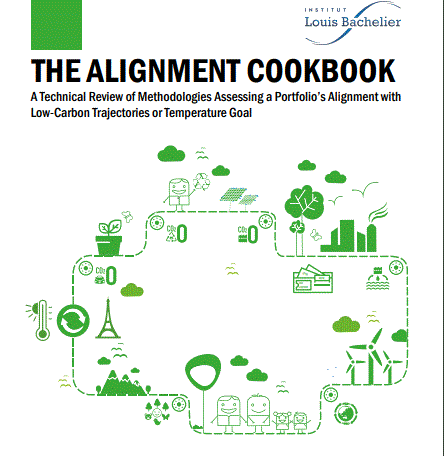As of 27 January 2021, ended the 90-day public consultation hold by the FSB Task Force on Climate-related Financial Disclosures (TCFD) on forward-looking climate-related metrics for the financial sector. It asked how useful and feasible are they to disclose the alignments of their portfolios with the 2015 Paris agreement.
😀 One is the ‘Implied’ Temperature Rise, another the Climate ‘VaR‘. Great! I may know something of their ingredients I thought.
🤨 It is curious, though, it looks like using old recipes to measure a phenomenon much more complex.
🤓 … You gotta start somewhere. Let’s dig into it.
🤔 Ok, the objective is to identify risks and opportunities in the transition to a net zero economy. They look distinct from traditional financial indicators and there is no one common way. The methodologies are still new and evolving. As TCFD mentions, they probably necessitate further innovations or refinements to make them more suitable and robust (lack of reliable emission data, of transparency, compatibility, reliance on assumption and future uncertainty…).

Then I discovered the Alignment Cookbook from Institut Louis Bachelier. It provides thoughful insight on this topic. It can be seen as “a technical review of methodologies assessing a portfolio’s alignment with low-carbon trajectories or temperature goal”.
From what I see, it tends to be very critics with respect to what has been said on the portfolio’s alignement, be it by TCFD or by others. These following insights give a nice flavour of their request for clarification.
” It is essential to start by defining what we want to assess our portfolio against. Indeed, there is a difference between alignment with one or several 2°C temperature trajectory; the temperature objective of the Paris Agreement; and the objectives of the Paris Agreement.”
“Moreover, it remains to be shown whether a ‘trajectory alignment’ type of assessment could be used to demonstrate ‘compatibility with the Paris Agreement‘, in a relevant, sound, holistic, and easily understandable way. “
“First, certain actors argue that to make an impact claim, it is necessary to demonstrate that the action of aligning portfolios with a low-carbon trajectory results in actual reduction of emissions in the real economy, and not a redistribution of emissions between investors”
“Many permutations of the same recipe are possible; yet there is no ideal temperature alignment methodology. In practice, data providers and investors face a range of trade-offs given data availability”
“Across different methodologies, the results of the assessments can hardly be compared or added up for communication purposes … Currently available temperature alignment methods show little consistency in terms of results. The results themselves are hard to compare due to different coverage levels and assumptions. This is to be expected as each of these methods are designed to answer different questions.”
“The results of temperature alignment assessments, especially when expressed with an Implied Temperature Rise metric (ITR), while easier to understand for non-experts compared to other metrics such as carbon footprinting, can give the impression to the user that the results from different methodologies are comparable. As highlighted above, this is not the case, as different methods answer slightly different research questions and are built based on different methodological choices.”
” Therefore, an increasing number of actors are encouraging and working towards convergence of different metrics, in addition to increased transparency”
